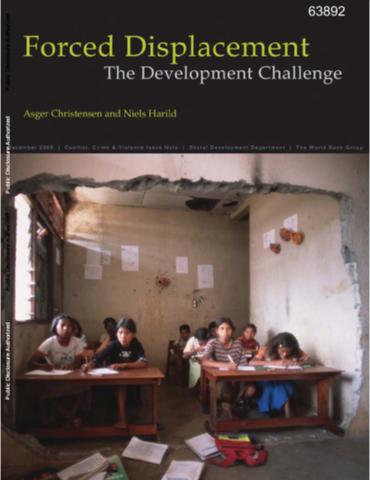Planning and management modeling for treated wastewater usage
Due to urban growth, some agricultural lands have been replaced by residential, municipal, and industrial areas. In some cases the remaining agricultural land will not have enough water because of transfers from agriculture to M''I (municipal and industrial) users. Therefore, in many places, especially in arid and semi-arid regions, the use of treated wastewater as a reliable source of irrigation water has already been, or will be, considered in the future.



